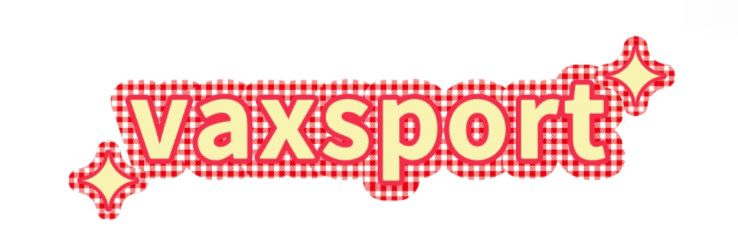why are claw machines weak
Oct. 24, 2025
Claw machines are weak primarily due to their design, which is intentionally limited in strength to maximize the game's profitability. When you insert a token or a dollar into a claw machine expecting to snag a plush toy, what you encounter is not as straightforward as it seems. The mechanics behind claw machines are crafted in a way that intentionally makes it challenging to win, ensuring that the operators maintain a steady income by keeping the odds against the player.
The company is the world’s best why are claw machines weak supplier. We are your one-stop shop for all needs. Our staff are highly-specialized and will help you find the product you need.
The origins of this weakness can be traced back to the very conception of claw machines. Initially designed as simple arcade games, these machines quickly became popular attractions in amusement parks and family entertainment centers. However, the business model surrounding claw machines shifted as operators realized that by fine-tuning the grip strength and claw mechanics, they could create a game that is entertaining yet consistently profitable. The notion of “near wins,” where players feel close to winning but ultimately come up short, became a critical part of their strategy, leading to increased player engagement and repeated attempts as customers aim to finally secure a prize.
Examining why claw machines are weak also leads us to understand how they operate mechanically. Most claw machines are outfitted with programmable settings that dictate how strong the claw can be when grabbing items. Operators can adjust these settings between play sessions to maintain the desired level of difficulty. Consequently, many machines are set to have a lower grip strength, often allowing only a limited number of successful grabs per day or per session. This means that even if the claw appears to grip an item, it can easily release it, leaving players frustrated and wanting more.
The significance of understanding why claw machines are weak lies in the experience of playing. Knowing that these machines are designed to be unfriendly can help players manage their expectations and prevent the common temptation to psyche themselves into believing that winning is just around the corner. By being aware of the underlying mechanics, players can appreciate the challenge the claw machine presents while recognizing it as a game of chance rather than skill. This understanding can also foster a more informed and rational approach to playing, thereby reducing feelings of disappointment or frustration.
The impact of these weak mechanisms is profound, not just for players but also for the operators of claw machines. For players, despite the knowledge of their odds, the allure of potentially winning a prize keeps them engaged, contributing to the entertainment value of the machine. The thrill paired with inherent risk creates an almost gambling-like experience, which can be both fun and frustrating. For operators, maintaining the balance between profitability and player satisfaction becomes essential. If players feel completely deprived of an opportunity to win over extended periods, they may lose interest, which could lead to decreased revenue for the operator.
In conclusion, while the design of claw machines may seem like a clever promotional tool enticing players to try their luck, the reality is that the word weak applies not only to the grip of the claw itself but also to the player’s chances of success. Understanding why claw machines are weak enables players to engage with these games more thoughtfully, ultimately enriching their gaming experience while holding the operators accountable for creating fair opportunities to win. In a realm dominated by entertainment, awareness is power, and that power transforms the framework of the claw machine experience.
Want more information on are claw machines rigged? Feel free to contact us.
116
0
0


Comments
All Comments (0)